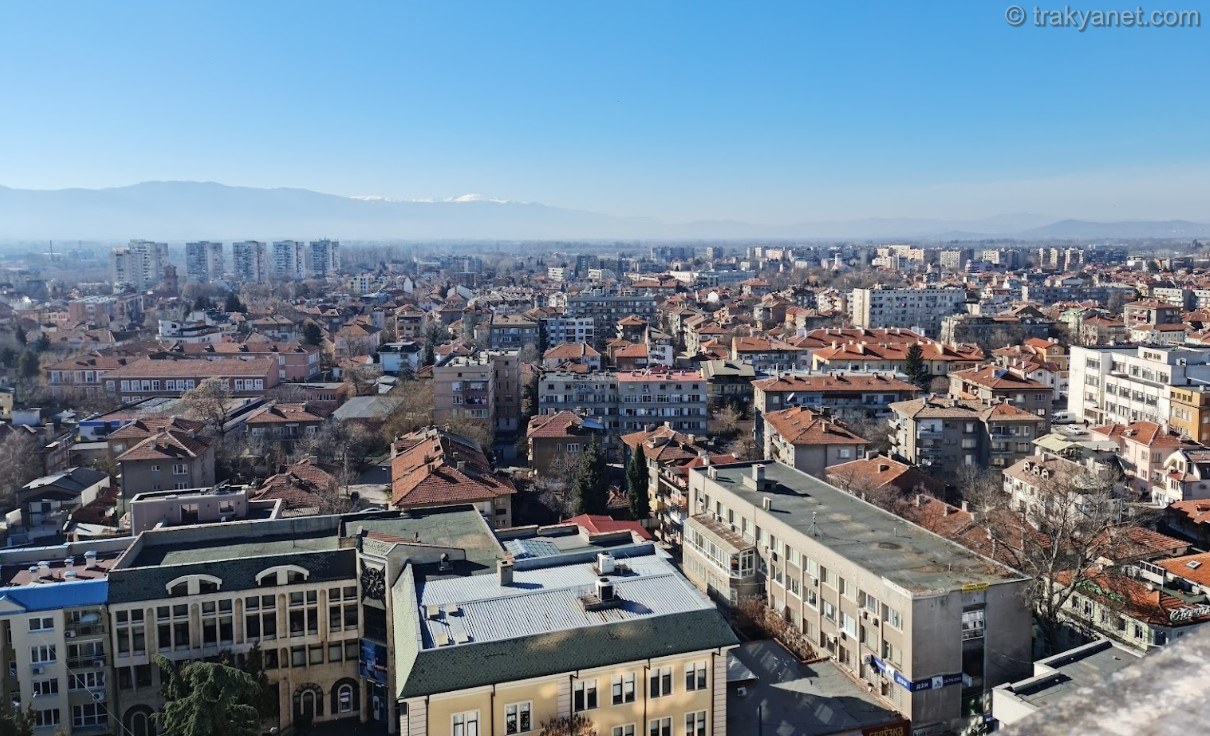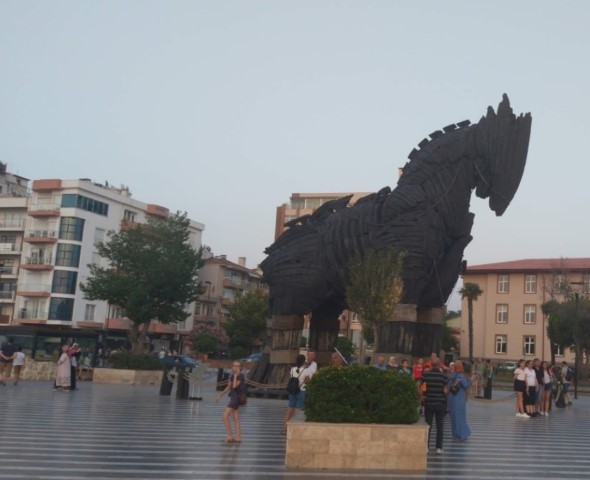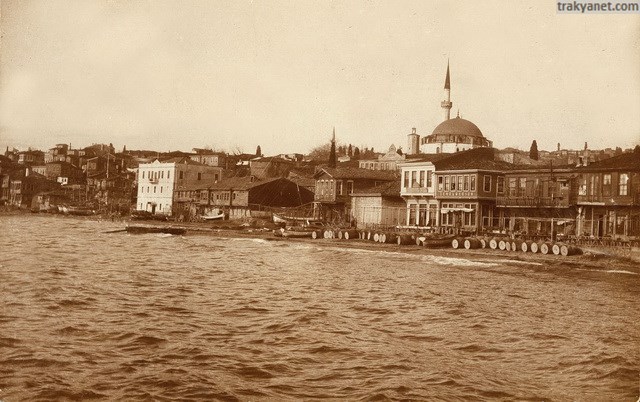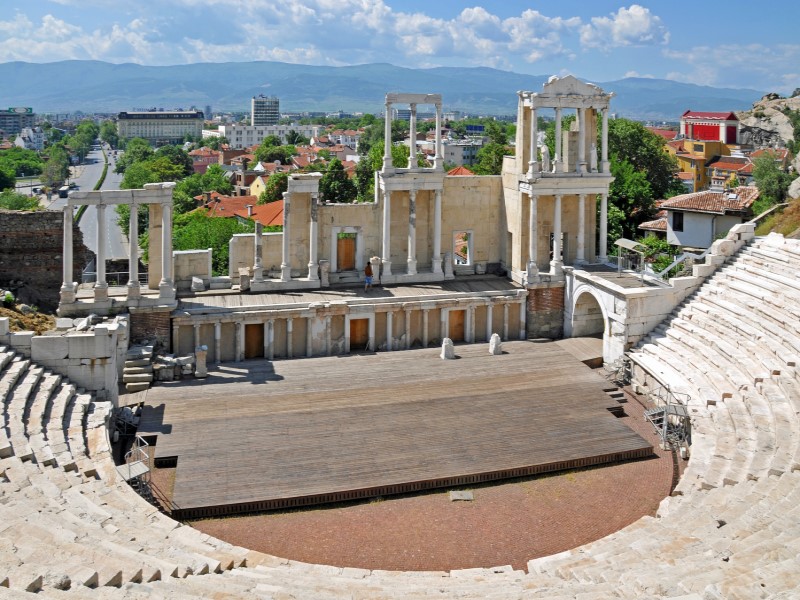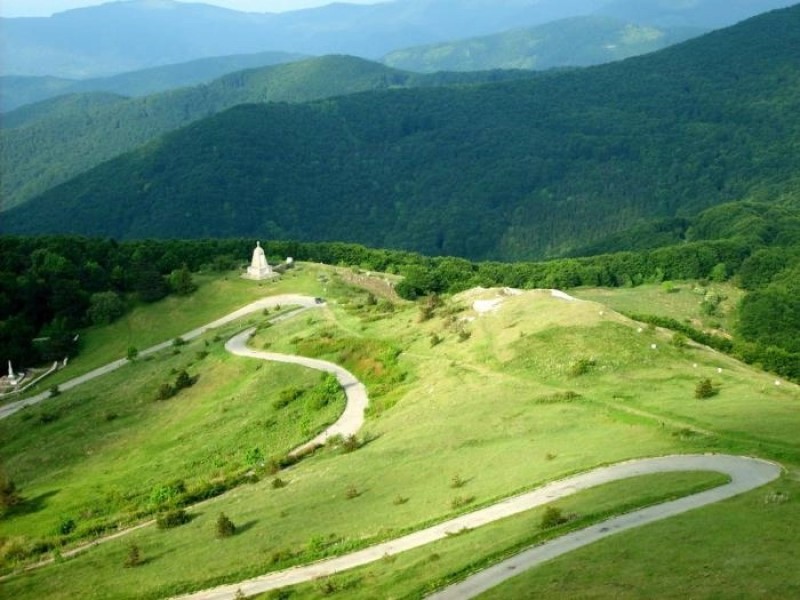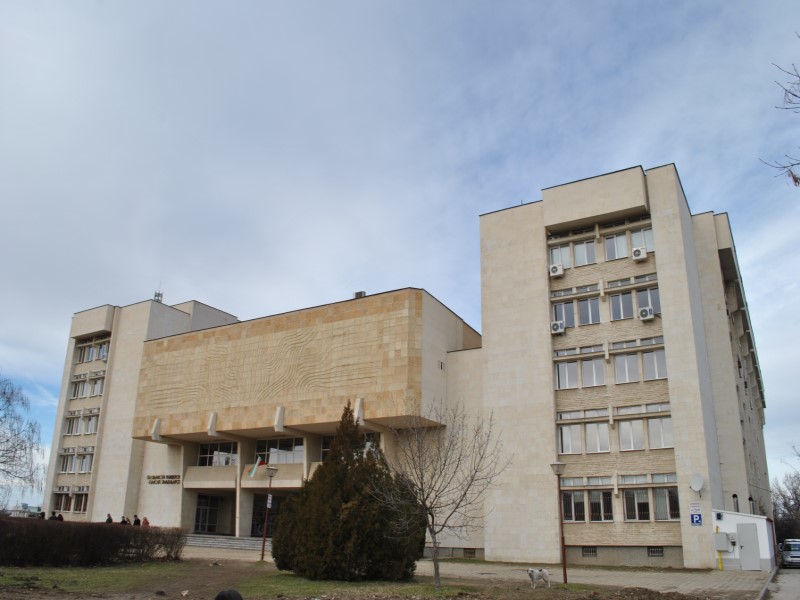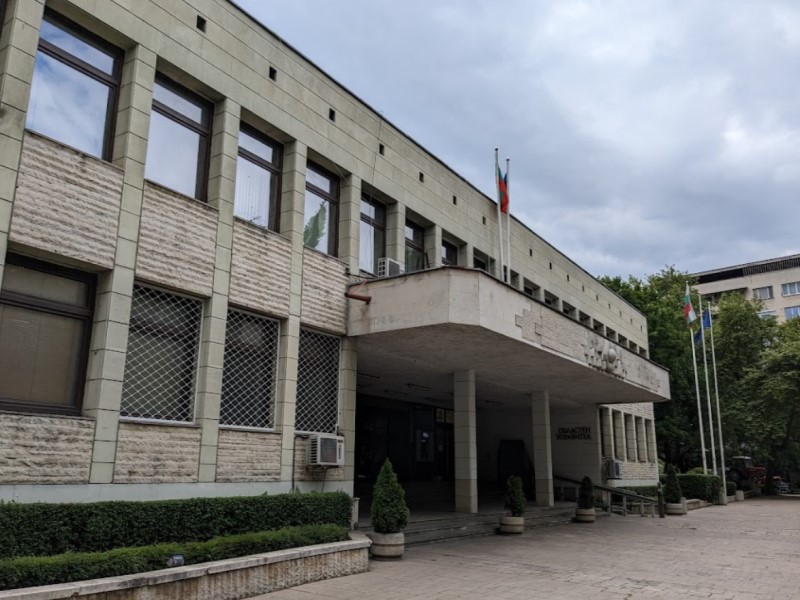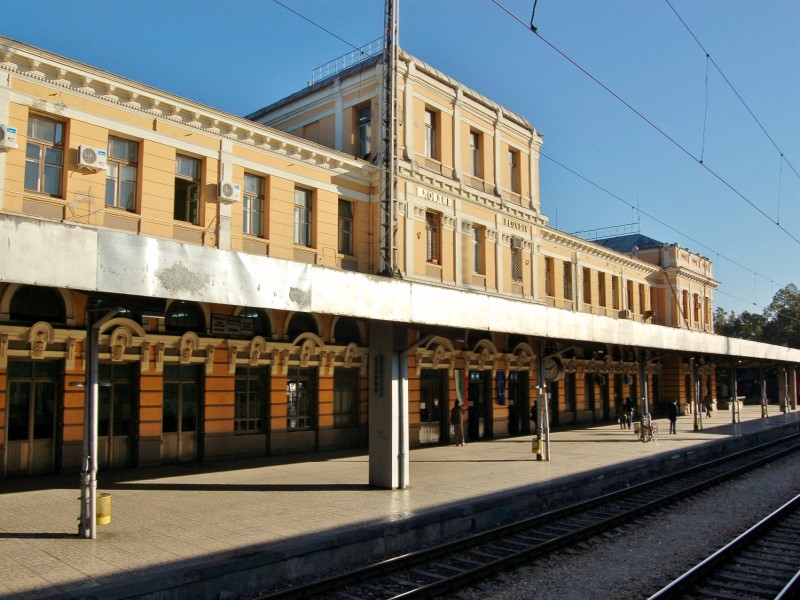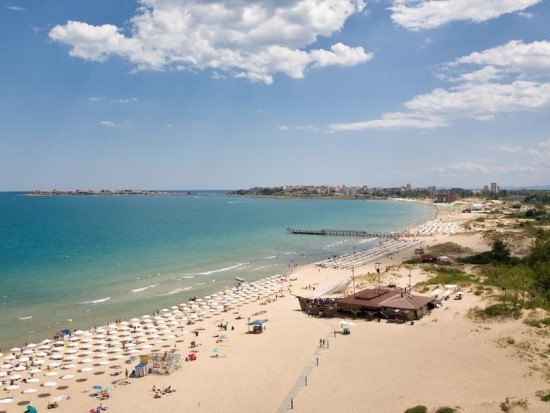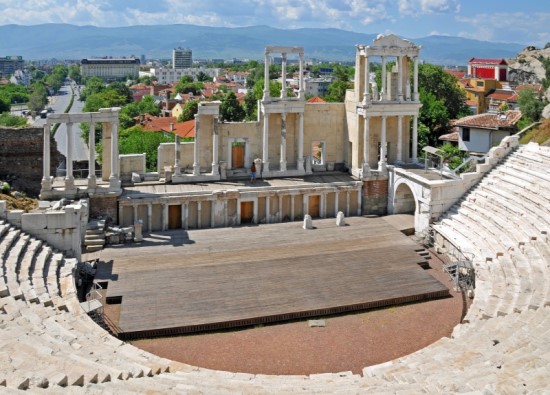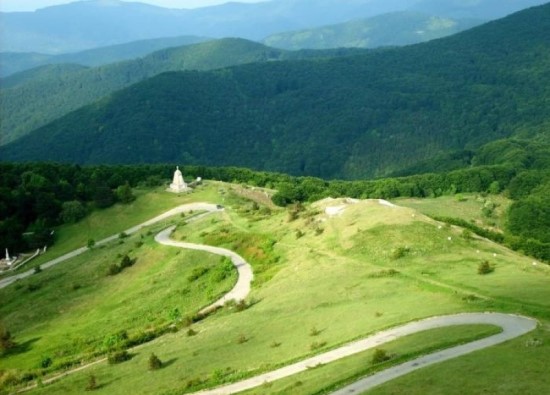Pazarcık Merkez - Pazarcik Center - Център Пазарджик - Κέντρο Πάζαρτζικ
Pazardzhik is located in southern Bulgaria, 112 km southeast of the capital Sofia, 37 km west of Plovdiv, 404 km from Varna, and 288 km from Burgas. It is situated in the western part of the Upper Thracian Plain, on both banks of the Maritsa River, in the Pazardzhik-Plovdiv Plain, and is the second most important cultural and administrative center of the Southern Central Planning Region of Bulgaria.
Pazardzhik is located at the westernmost end of the Upper Thracian Plain, part of the Pazardzhik-Plovdiv Plain, at an altitude of 205 m above sea level. Initially, the city was located on the left bank of the Maritsa River. After liberation from Turkish rule, it began to develop along the right bank of the river. Pazardzhik is a plain city. The Pazardzhik Plain is surrounded by the Sredna Gora Mountains to the north and the Rhodope Mountains to the south.
The Meriç River, one of Bulgaria's main waterways, flows through the southern tip of Pazardzhik.
In the vicinity of Pazardzhik, two of its left tributaries flow into the Meriç River, which rises in the Sredna Gora and drains a significant part of the Pazardzhik Plain; the Topolnitsa River flows 2 km west of the city, and the Luda Yana River 8 km east.
During Turkish rule, the Topolnitsa River had tributaries through the city. Subsequently, the Pasha-Ark irrigation canal, which still passes through the city today, was created.
The rivers in the region have a rain-snow recharge regime, meaning that the main water sources are rainwater, while melted snow is of secondary importance, resulting in full water resources during periods of heavy rainfall and heavy snowmelt. These are mainly the months of May - June (a large amount of precipitation falls, and the snow melts in the highest parts of the Rila Mountains, where the Meriç River originates) and November - December (a large amount of precipitation falls again).
The floodplain river terraces in the region are rich in groundwater.
The city's climate is transitional between a temperate continental and a Mediterranean climate. It is characterized by hot, almost dry summers and humid, moderately cold winters. The average annual air temperature is 12.5 °C. The hottest months are July and August, when the average monthly temperature is 23-24 °C, while the coldest months are January and February, when the average monthly temperature is 1-2 °C. The number of days with temperatures above 32 C is approximately 35 per year.
The absolute minimum temperature measured in Pazardzhik is –29.5 C.
The annual precipitation is approximately 500 mm, making Pazardzhik among the driest cities in Bulgaria. There are two maximum and two minimum values for precipitation: May - June; November - December and February - March; and August - September, respectively. During the periods of highest precipitation, torrential downpours of sometimes over 120 mm occur, accompanied by adverse climatic phenomena such as hail, fog, frost, etc. In the months with the lowest precipitation, it drops below 30 mm, causing prolonged heat and persistent droughts.
Due to Pazardzhik's location on a plain and surrounded by mountain ranges, the winds in the region are weak. The average annual wind speed is about 1 m/s. The warm, harsh Föhn wind, which blows from the northern slopes of the mountains and raises temperatures in winter, is characteristic.
Adverse climatic events: During the colder half of the year, this is called a temperature inversion and occurs when cold Arctic air invades the country, and temperatures in the plains and valleys can drop to -20 C. Fog is typical in December. Summer storms with strong winds, hail, and thunderstorms are a negative event. Another negative climatic event affecting Pazardzhik during the warmer half of the year is drought accompanied by hot tropical air, which can raise temperatures above 40 C. In the transitional seasons, early autumn and late spring frosts can be dangerous.
The lands around Pazardzhik are cinnamon forests. Their geological characteristics are latitudinal-zonal. They are the most common soil type in Bulgaria and cover 22.5% of the country's land cover. They have a high clay content, indicating a dense mechanical composition. They are suitable for growing vineyards, apple trees, cherries, etc. Alluvial meadow soils are common along the rivers in the region, especially on the floodplain terraces of the Meriç River and its tributaries. They are azonal in type and form in conditions of high humidity. Tomatoes, peppers, cucumbers, onions, etc., grow successfully in these soils.
The vegetation in and around the city consists mostly of deciduous species such as oak, linden, poplar, chestnut, plane tree, etc., and less frequently of coniferous species such as pine and fir. Willow, birch, ivy, etc. grow around the rivers.
The animal kingdom around Pazarcık includes representatives of the Eastern European fauna: foxes, jackals, rabbits, squirrels, mice, sparrows, woodpeckers, partridges, etc.
Pazarcik Center
Pazarcik Center Tourism Information
Updating
Data entry on our pages is ongoing and will be published as soon as possible.
Updating
Data entry on our pages is ongoing and will be published as soon as possible.
Updating
Data entry on our pages is ongoing and will be published as soon as possible.
Updating
Data entry on our pages is ongoing and will be published as soon as possible.
Pazarcik Center Photos
